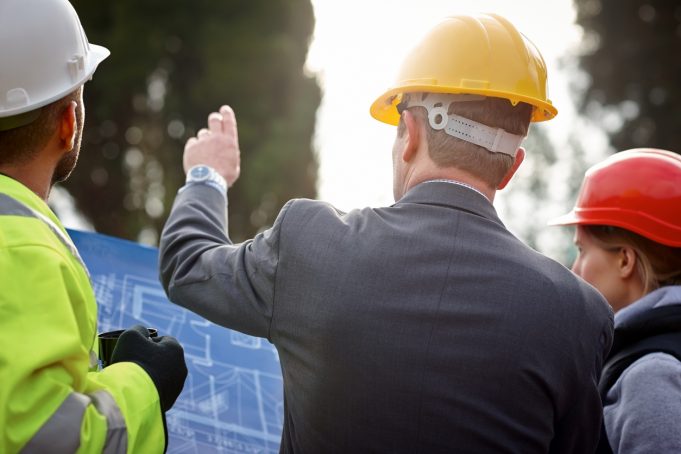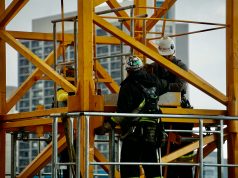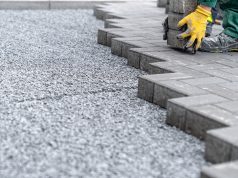In the world of property development and renovation, party wall surveyors play a pivotal role. Tasked with navigating the delicate balance between the construction ambitions of one party and the rights of adjoining property owners who may be less keen on renovation work.
By making use of the Party Wall etc. Act 1996, party wall surveyors ensure projects proceed smoothly ensuring that disputes are kept to a minimum.
Fortunately for party wall surveyors, they now have more technology to rely on, enabling them to make an even more informed decision. Innovations in digital tools and software are revolutionising party wall surveying, making processes more efficient, accurate, and less continuous.
3D Laser Scanning
One of the most significant technological advancements impacting party wall surveyors is 3D laser scanning. This technology captures comprehensive data about a property’s dimensions and structural features with unprecedented precision.
Unlike traditional surveying methods, which rely on manual measurements and can be prone to error, 3D laser scanners create detailed digital replicas of buildings.
This capability allows surveyors to assess potential impacts of proposed constructions with greater accuracy, facilitating more informed decisions and reducing the likelihood of disputes between neighbours.
Drones
Drones, or unmanned aerial vehicles (UAVs), have taken off across various sectors, one of which is party wall surveying. Equipped with high-resolution cameras and, in some cases, thermal imaging equipment, drones can survey hard-to-reach areas of a building without the need for scaffolding or ladders.
This not only improves safety, but also saves time and resources. Drones provide surveyors with a bird’s-eye view of a property, offering unique perspectives that can be crucial in identifying potential issues before they escalate into major disputes.
Digital Mapping and Modeling
Advancements in digital mapping and Building Information Modeling (BIM) are also transforming party wall surveying. These tools allow surveyors to create and manipulate detailed models of properties and their surrounding environments.
By doing so, they can simulate the effects of construction projects. They can envisage what shadows might be cast by any new structures or how there may be encroachments on neighbouring properties which could cause disputes or disagreements.
This foresight can be invaluable in preventing conflicts and ensuring that all parties have a clear understanding of proposed works.
Virtual Reality
Virtual Reality (VR) technology is starting to make its mark in party wall surveying by providing immersive previews of proposed construction projects. Stakeholders can don VR headsets to experience how a new development will look and feel in relation to existing properties.
This not only helps in assessing aesthetic impacts but also in understanding the spatial dynamics of proposed works. VR can bridge the gap between the technical drawings and the lived reality of a space, helping all parties to visualise and agree on plans before any physical work begins.
Conclusion
As technology continues to evolve, so too will the practices of party wall surveyors. Innovations like AI and machine learning are poised to offer even more sophisticated tools for risk assessment, predictive analysis, and automated dispute resolution.
These advancements promise to further streamline the surveying process, reducing the potential for conflict and enhancing the efficiency of property development.
The integration of technology into party wall surveying represents a significant leap forward for the field. By embracing these tools, surveyors can offer more accurate, efficient, and transparent services, ensuring that the delicate balance between development and neighbourly harmony is maintained. As the urban landscape grows ever more complex, these technological innovations will be crucial in guiding the future of construction and renovation across the UK.














